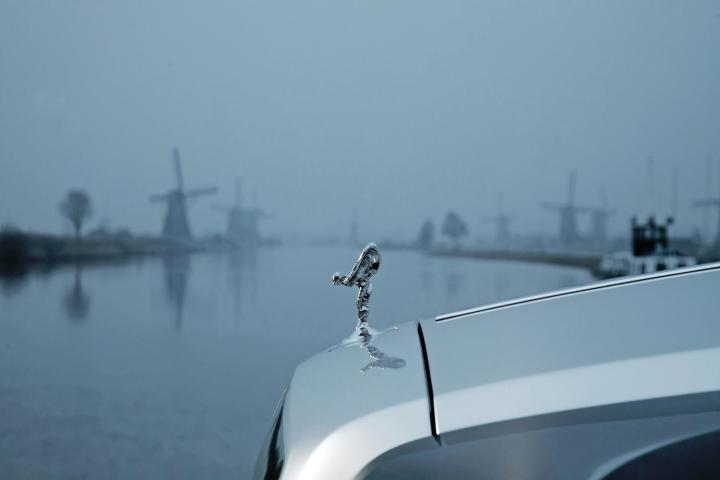
If Rolls-Royce’s cars weren’t big enough, the British brand is considering its very own SUV.
As ridiculous as that sounds, it makes sense. There are two car segments doing very well in the 21st century: luxury vehicles and crossovers. And the place where the two meet is the sales sweet spot.
That’s why we’ve seen a big push from nearly every luxury automaker to produce increasing numbers of car-based CUV variants in recent years. Although they’re on the ‘cheap’ side, think the BMW X1 and forthcoming Mercedes-Benz GLA and the Infiniti Q30 crossovers for perfect example.
Eager to join in on the sales momentum of luxury crossovers, high-rolling brands like Bentley and Lamborghini aim to join the SUV market with their own opulent offerings. And now it looks like Rolls-Royce just might follow suit.
In a recent interview with Bloomberg, Rolls-Royce CEO Torsten Mueller-Oetvoes said, “We are intensively thinking about entering the SUV segment.”
This is exciting news, as Bentley won’t be the only big, British SUV offering – you know, ignoring Range Rover. The promised Bentley SUV will be based upon the new Audi Q5 platform while a Rolls-Royce could be underpinned by the refreshed X5. Essentially, Audi and Bimmer would be fighting a proxy war between Rolls and Bentley. And when German automakers fight, we motoring enthusiasts win.
There’s no word yet when such a high-riding Rolls could go into production – let alone be unveiled. We suspect Rolls will wait to see how both its new Wraith ‘sports car’ does before venturing out into uncharted territory. We wonder what they might name an SUV. Our suggestion? The Churchill.
As soon as we hear more about a Rolls-Royce SUV, we’ll be sure to bring it to you.
Editors' Recommendations
- Check out Spectre, Rolls-Royce’s first all-electric car
- BMW’s technology flagship is an electric SUV with concept car-like styling
- How Johnny Cash’s Rolls Royce transformed into a Tesla-powered EV
- The BMW Group has some stunners in its 2020 lineup, and we drove them all
- The Bloodhound Land Speed Car saw its paint peel off in a 600-plus-mph test run


